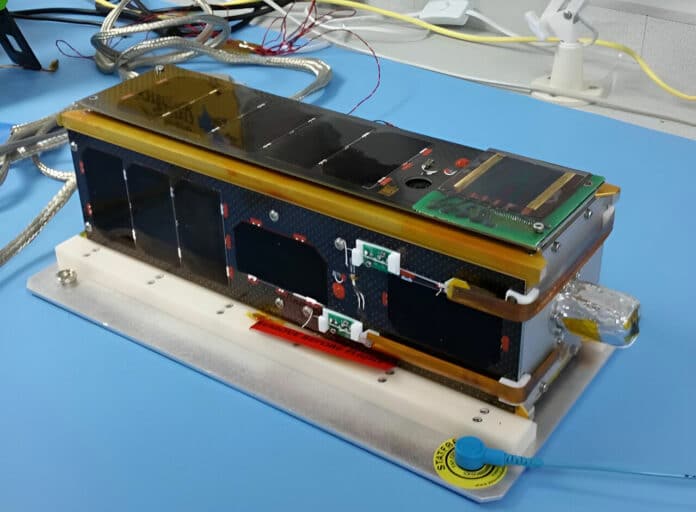New research from the Universities of Surrey and Swansea shows that it’s viable to produce low-cost, lightweight solar panels that can generate energy in space.
Space-based solar power (SBSP) is a concept that involves collecting solar energy in orbit and transmitting it wirelessly to Earth for various applications, such as electricity generation. Because of the absence of air absorption and weather restrictions, space-based solar systems can collect solar energy much more efficiently than ground-based solar panels. This idea has been explored for decades, but it still faces many technical, financial, and logistical challenges.
With the increasing power demands of spacecraft payloads and the realistic prospect of space-based solar power stations for providing zero-carbon electricity in the 2030s, there is an emerging requirement for large-area yet lightweight solar photovoltaic (PV) arrays that will provide far greater power than currently available.
To be practical, such arrays will need to use solar cells, which have a much higher specific power and a much lower cost per watt than current space-rated solar PV technologies.
To address this need, the Centre for Solar Energy Research (CSER) at Swansea University has been developing a new solar cell technology based on thin-film cadmium telluride (CdTe) deposited directly onto ultra-thin space-qualified cover glass material. The panels cover a larger area, are more lightweight, and provide far greater power than current technology.
Also, this technology is a low-cost option when adopting the conventional CdTe manufacturing process. Additionally, the ultra-thin glass can produce a solar cell that is flexible enough for “roll-out” deployment strategies.
To test this technology, a Thin Film Solar Cell (TFSC) payload, comprising four test cells, was integrated onto the AlSat-1N 3U CubeSat at Surrey and launched from India into a 661 km × 700 km, 98.20° inclination Sun Synchronous orbit on September 26, 2016. In the first study of its kind, researchers tracked the satellite over six years, observing how the panels generated power and weathered solar radiation over 30,000 orbits.
“We are very pleased that a mission designed to last one year is still working after six. These detailed data show the panels have resisted radiation and their thin-film structure has not deteriorated in the harsh thermal and vacuum conditions of space,” said Professor Craig Underwood, Emeritus Professor of Spacecraft Engineering at the Surrey Space Centre at the University of Surrey, in a statement.
“This ultra-low mass solar cell technology could lead to large, low-cost solar power stations deployed in space, bringing clean energy back to Earth – and now we have the first evidence that the technology works reliably in orbit.”
Although the cells’ power output became less efficient over time, researchers believe their findings prove that solar power satellites work and could be commercially viable.
